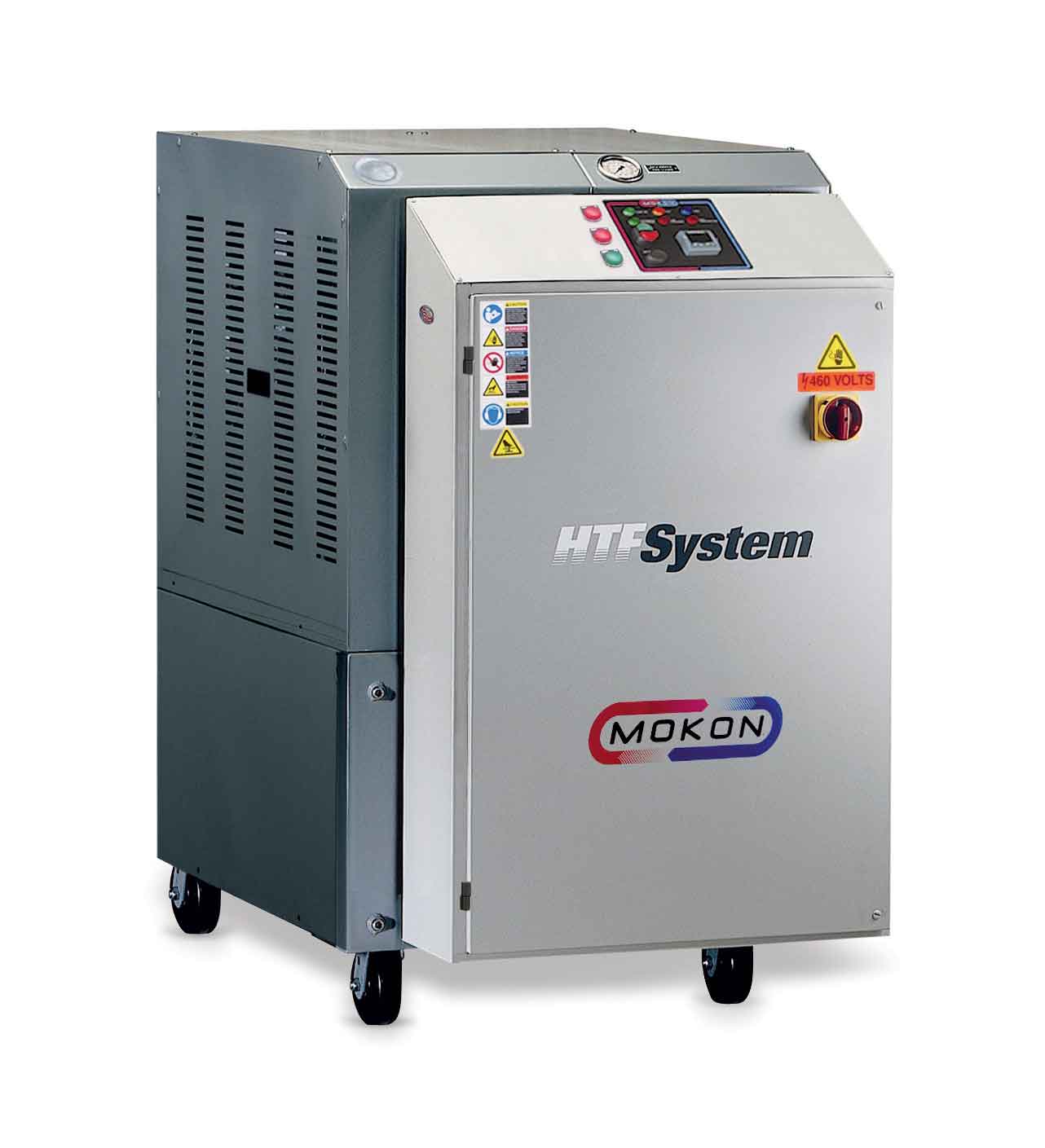As of June 2015, some quarter windows made of plastics are exempted from the regulation ECE R43, which means the stringent requirements in terms of scratch resistance that called for subsequent coating no longer apply to the small quarter windows explicitly described in the addendum.
Evonik stated that its PLEXIGLAS is suited for these panels due to its highest surface hardness among thermoplastics even without coating. At the same time, the little quarter windows offer a host of design options for curved lines and striking edges that cannot be realized with glass.

“PLEXIGLAS can be injection molded into almost any imaginable 3D shape,” explained Uwe Löffler, Director Business Development Automotive at Acrylic Polymers in the Evonik Performance Materials Segment. “Panels can be produced with built-in wind deflectors and sharp angles. And the panels can be wraparound.”
The recent amendment of ECE R43 relate to all windows made of plastic that do not affect the driver’s view and whose surface area must be so small that a circle of maximum 150mm diameter does not fit in them. The overall panel size must not exceed 200sq cm.
It means a small panel that lets in light but that the driver does not have to look through, for example, small quarter window behind the C pillar that is being used as a design element by a growing number of manufacturers. In principle, other small quarter windows are also conceivable as long as they meet the given criteria.
Although PMMA has the highest surface hardness of all thermoplastics, it does require additional scratch-resistant coating for safety-relevant rear and side windows.
“But the new exceptions to the regulation make PLEXIGLAS the material of choice especially for these small quarter windows,” Mr Löffler said, explaining that this is because the material is inherently resistant to UV light and weathering, and the panels can therefore be manufactured in a single step.
Website: www.adsalecprj.com



